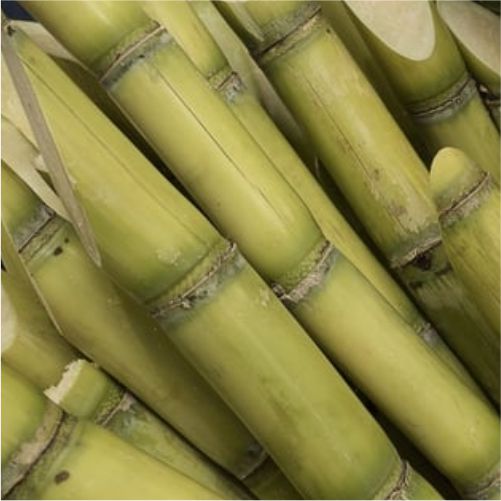Islamabad [Pakistan], April 7 (ANI): Months after unprecedented floods, Pakistan is set to face about 37 per cent water shortage during the ongoing Kharif cropping season, the water regulator has confirmed, as reported by the Dawn.
This could be potentially damaging for key cash crops like cotton, whose output has already slumped to multi-decade lows.
As a result, a meeting of the advisory committee of the Indus River System Authority (IRSA) on Thursday decided with a consensus to continue with a three-tier formula for distributing water shares among the provinces, as currently in practice, Dawn reported.
The meeting presided over by Asjad Imtiaz Ali, IRSA’s chairman and federal member, concluded that Punjab and Sindh would face a 27 per cent water shortage in the early Kharif and 10 per cent in the late Kharif season.
The water regulator, however, could not bridge differences between the two large provinces over the conveyance losses. As a result, the meeting set up a committee led by IRSA’s member for Khyber Pakhtunkhwa “to determine actual system conveyance losses to resolve the issue”, the regulator said in a statement, Dawn reported.
“Whatever the recommendations on actual system losses determination to be devised by the said committee, based on actual discharge measurements, would be applicable to the system losses,” it said.
The meeting was attended by representatives of the four provinces, and members of IRSA and the Water and Power Development Authority (WAPDA).
Sources said the water availability criteria were finalised based on WAPDA’s revised Tarbela 5 operational constraints, as the authority agreed to provide water releases below 1,432 feet conservation level and operate some of its power plants under Tunnel 3, Dawn reported.
As a result, it was agreed with a consensus that the irrigation water shortage in the Indus zone would be 37 per cent in early Kharif and 15 per cent in late Kharif. The shortage in the Jhelum-Chenab would be 10 per cent in early Kharif and negligible in late Kharif.
In Pakistan, the cropping season usually lasts from April to September. Rice, sugar cane, cotton, maize and mash are some of the key crops.
The meeting noted total river flows at rim stations at about 95.32 million acre-feet (MAF) and total system losses at 13.96m acre-feet.
Total water availability would thus stand at 70m acre-feet for the entire season, including 14.58m acre-feet in early Kharif and 55.42m acre-feet in late Kharif, Dawn reported.
However, after allowing 7.26m acre-feet of mandatory discharges for downstream Kotri for environmental commitments, the total water availability at canal heads for distribution among the provinces would be just 62.74m acre-feet.
Balochistan and KP remain exempt from a cut in their water share because of their infrastructure constraints.
Two major stakeholders, Sindh and Punjab, have stuck to their guns on water conveyance losses — the quantum of available water that remains unaccounted for and lost to theft, leakage, evaporation or absorbed by soil or canals and could not reach farmlands.
Punjab estimated conveyance losses at 7-8 per cent against Sindh’s estimates of 35 per cent and 40 per cent between the Chashma and Kotri barrages, Dawn reported.
The sources said Sindh recorded its position for removing the exemption of water cuts from Balochistan and KP and water distribution under Para 2 of the 1991 water apportionment accord.
However, it agreed with other provincial members and the chairman that Irsa could not change the distribution practices currently in place. (ANI)












